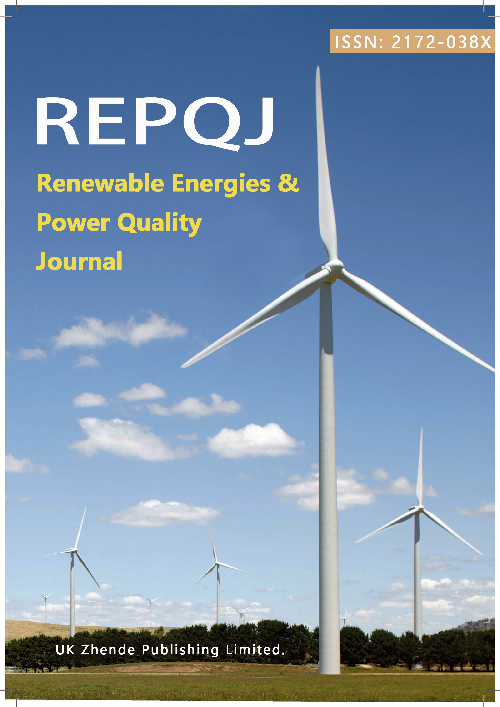Modeling the Synergy of Wind and PV Power in Galicia Using Copula Theory
DOI:
https://doi.org/10.52152/4538Keywords:
Copula theory, renewable energy, wind and PV generation, energy forecastingAbstract
One of the main goals of international sustainability projects is the transition to renewable energy. This study uses copula theory to explore the relationship between wind and photovoltaic (PV) electricity Production in Galicia, Spain. The aim is to analyze the interaction and complementarity between these two renewable energy sources. The research uses copula models to capture the dependency structure between how much wind and PV energy is generated, recognizing that their interactions are complex and not linear. Copula theory allows us to represent how wind and PV energy behave together, enabling the prediction and optimization of energy production. That said, this research shows how to improve the stability and sustainability of energy networks. The methods used in this study can be applied to other regions and energy sources, giving us a flexible way to explore renewable energy systems in the future.
Downloads
Published
Issue
Section
License
Copyright (c) 2025 Daiane Rodrigues dos Santos, Tuany Esthefany Barcellos (Author)

This work is licensed under a Creative Commons Attribution 4.0 International License.











